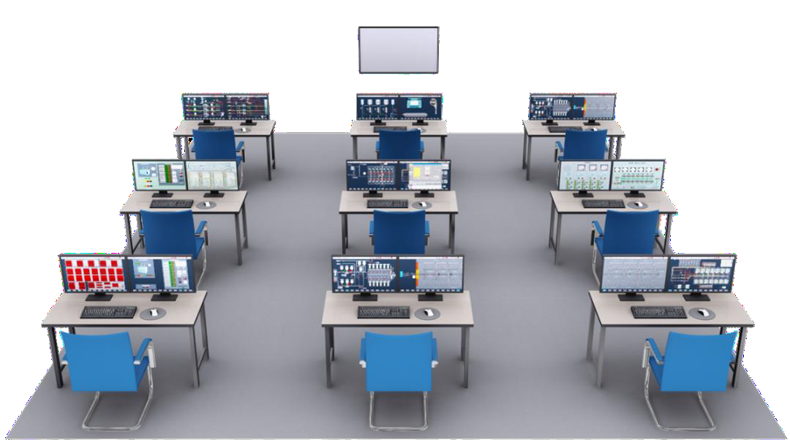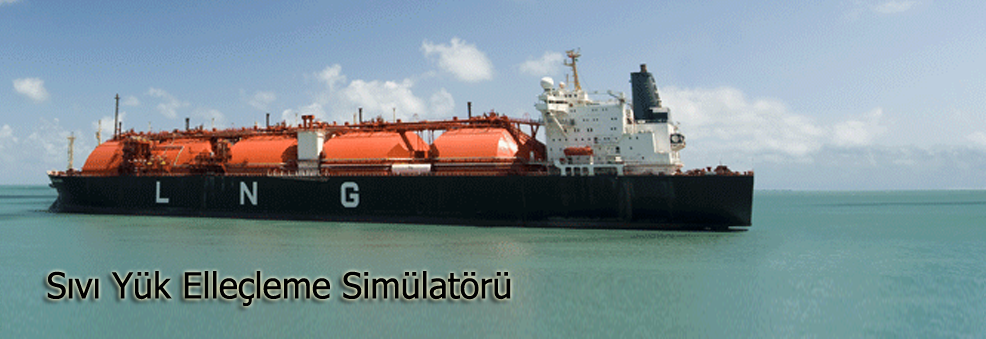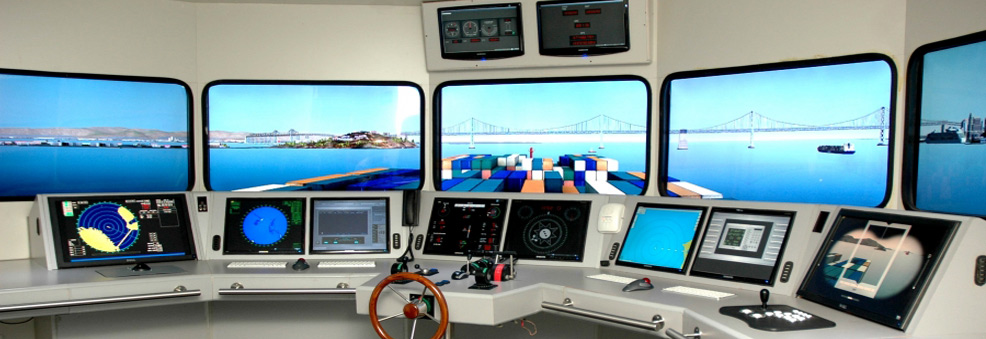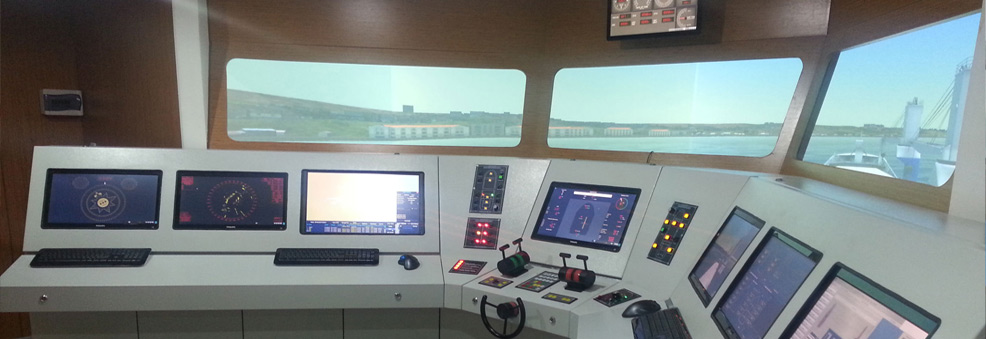General Features of LCHS-Liquid Cargo Handling Simulator
Liquid Cargo Handling Simulator is designed for the training and certification of liquid cargo tankers, gas carriers and terminal personnel as well as other personnel responsible for the safe cargo loading and operation of auxiliary equipment.- Liquid Cargo Handling Simulator provides a full detailed copy (simulation) of ship / terminal systems and compartments.
- Liquid Cargo Handling Simulator is an ideal solution for training in training centers, academies, maritime high schools, shipping companies, coastal centers.
- It includes training sections for liquid cargo tankers and gas carrier ships to perform their functions safely and efficiently. Liquid cargo handling simulator is used for learning and practical training of tanker general equipment systems and tanker operating principles. The practical training of the system and the control of the mechanism can be verified and also applied for cargo handling performance in emergency station and standard operation situations. This simulation is aimed at the operation of tanker systems in accordance with the requirements of standard IMO courses.
- Desktop - Liquid Cargo handling simulator is designed to meet standard trainings with pre-structured exercises on tanker models
- - Loading operation
- - Unloading operation
- - Ballasting operation
- - Ballast water disposal operation
- - Load planning Loadicator
- Standard training objectives are listed below, depending on the tanker model.
OIL TANKER (AFRAMAX);
This model is based on a 105,000 Mt DWT crude oil carrier model.
Its main components are:
1- 6 pairs of cargo tanks and 1 pair of slot tanks
2- Separated Ballast system with 6 pairs of ballast tanks and overhead tanks
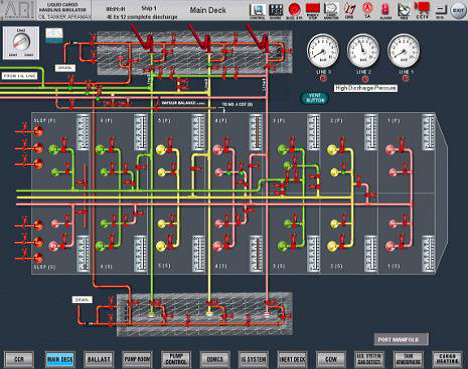
LPG CARRIER – FULLY REFRIGERATED LARGE LPGC (VLGC);
This model is based on a 78,000 m3 capacity fully refrigerated gas carrier model.
Its main components are:
1- 4 Prismatic Cargo Tanks Type A
2- 5 independent two-stage seawater cooled subsystems with associated reliquefaction systems
3- Ballast system
4- Pumps are submerged, electrically operated, centrifugal type and equipped with appropriate controls.
.png)
LNG Carrier (MOSS);
- LNG Model (MOSS) IGC code is based on type 2G ship, suitable for LNG transportation with vapor pressure up to 0.25 bar g.
- Cargo Tank, excluding dome space capacity:
Cryogenic condition 141,000 m (-1630 C, atmospheric pressure 100% full)
Cryogenic condition 138,900 m (-1630 C, filling atmospheric pressure 98.5%)
- 4 Cargo tanks - IMO maximum allowable safety valve setting: 0.25 Bar G
- Cargo pumps: 8 x 1,500 m3 / hour at 155 MLC (S.G. 0.5)
.png)
Liquid Cargo Handling Simulator - Single Monitor Desktop Version
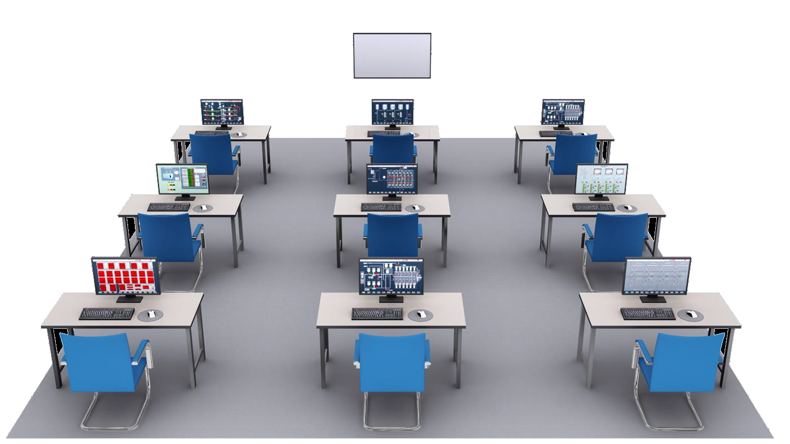
Liquid Cargo Handling Simulator - Dual Monitor Desktop Version
